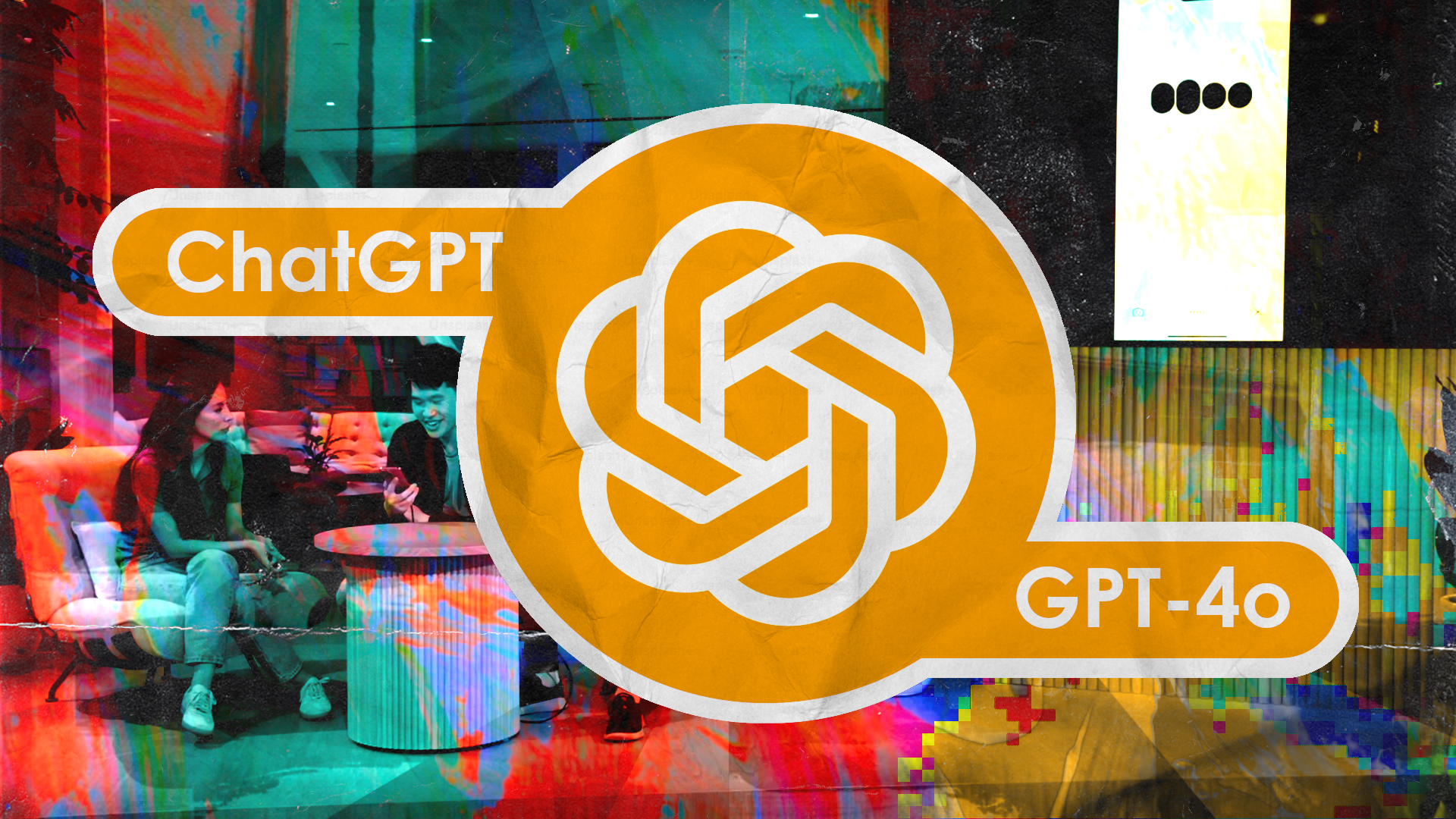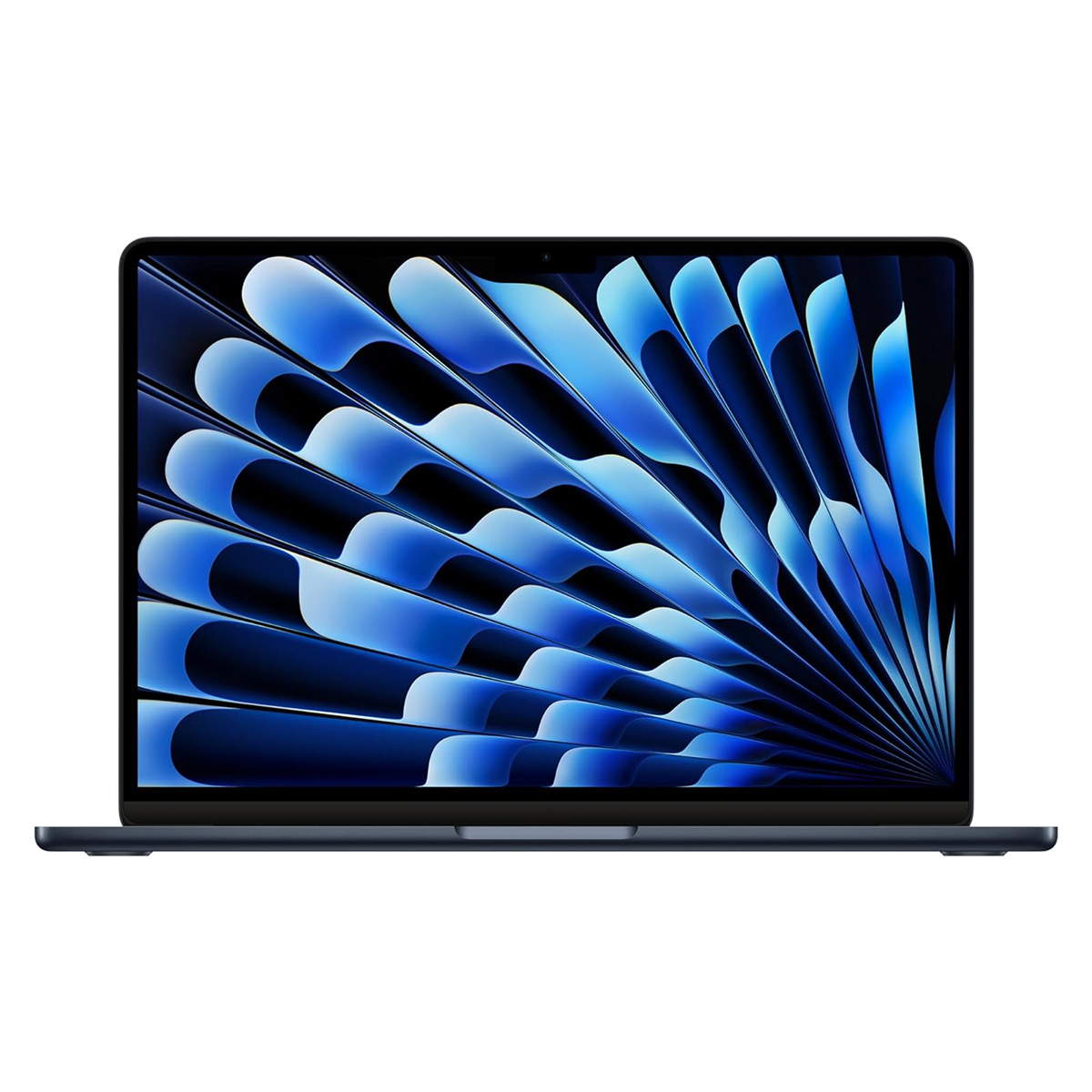
On May 13, 2024, OpenAI unveiled the first demos of its most advanced AI model, which features capabilities that blur the line between reality and science fiction.
The dream of AI has long been to make it as human-like as possible (ideally without the AI turning into a supervillain). OpenAI seems to be getting closer and closer to that goal, perhaps faster than any of its competitors.
Just look at OpenAI's demos of GPT-4o, which range from live homework help to singing to translation. GPT-4o features a lifelike voice that laughs, sighs, and pauses like a real person. It can carry on verbal conversations and understand visual input from your camera.
While GPT-4o's launch was not without controversy, its capabilities are still undeniably impressive. Of course, it won't always work as well in everyday use as the demos, but the fact that these were possible shows how far AI tech has come and how far it could still go.
Perhaps one of GPT-4o's most striking traits is what it can't do. Could this be a peek into the future of AI, one in which AI can help us without negative side effects?
Is GPT-4o a peek into the future of AI?
Even skeptics might've been impressed with GPT-4o helping a student solve a math problem in one of OpenAI's demo videos.
GPT-4o raises many questions like that, especially with its eerily lifelike voice. The voice heard in the demo videos was so realistic that actress Scarlett Johansson accused OpenAI of replicating her voice without her permission, forcing OpenAI to remove the voice, nicknamed "Sky," shortly after the demos were released.
Controversy aside, GPT-4o has some impressive capabilities, including a handful that have long been in demand, such as live translation. While some demos feel a bit gimmicky — like having the AI sing an improvised song — others could be far more useful.
For instance, quickly analyzing visual input opens up new possibilities for integrating GPT-4o in ways beyond an app interface, such as smart glasses. This feature is part of why Solos chose to integrate GPT-4o into their latest pair of smart glasses, the AirGo V.
Co-founder of smart glasses maker Solos, Kenneth Fan, tells Laptop Mag, "ChatGPT brings a highly capable LLM known for its speed, accuracy, and stability across various applications. Its visual capabilities integrate seamlessly with Solos AirGo V’s camera, enabling advanced image interpretation and enhancing the overall functionality of our smart glasses."
Another example is the live tutoring feature. Countless parents struggle to help their kids with math, especially in more advanced classes like Calculus. If an AI could do this for free, on demand, it could help millions of students improve their grades and give kids from less wealthy families access to private tutoring, which is usually a pricey luxury.
With great power comes... great guard rails?
As the famous Spider-Man quote goes, "With great power comes great responsibility." OpenAI may be finally taking that message to heart.
Safety and ethics have become a major issue as generative AI tech has boomed over the past few years. While this technology is amazing and has the potential to be leveraged for countless positive uses, there's no doubt that it can also be exploited for just as many harmful uses. These range from misleading, generated content to deepfakes of real people that can damage lives and ruin careers.
So, as AI tech advances at Mach speed, it's becoming increasingly important for AI developers to put responsible guardrails on consumer AI models to minimize their potential for harm.
Only the company's leaders can say whether safety was a priority for OpenAI in developing GPT-4o. Unfortunately, the jury is still out. Several prominent current and former members of OpenAI's safety team have spoken out about the company's lack of concern for safety and ethics.
At a glance, it seems like OpenAI put some guard rails on GPT-4o to prevent misuse, potentially to the point of overdoing it and minimizing functionality. That may be a necessary compromise, though.
Does the average user care enough about safety to accept that the AI they're talking to is censored? Only time will tell.

If you're anything from an AI enthusiast to the average AI tinkerer (or simply seeking out some of the additional features offered through Windows Copilot+ PCs or Apple Intelligence on Macs), then you'll need a powerful and performative laptop to keep up to speed with your needs.
At Laptop Mag, we review laptops year-round to ensure we're giving you expert-backed and up-to-date recommendations on which notebook is right for you. When it comes to the best AI PC category, our top picks are the excellent Asus Zenbook S 14 (UX5406) for Windows users and the impressive Apple Macbook Air M3 for those running macOS.
So, if you're shopping for a new laptop and looking to invest in an AI PC (or just a great laptop in general), check out our current top-tier picks below.

We love the MacBook Air 13 M3. Starting at just $1,099 (MSRP), with education pricing dropping to $999 (MSRP), the Air is a laptop we can recommend for just about any purpose. It's affordable, especially by Apple standards, and it features an excellent keyboard, fantastic performance, and outstanding endurance (over 15 hours of battery life), which makes it a great laptop for just about anyone's needs, especially those interested in getting to grips with all of the latest Apple Intelligence features.

The Asus Zenbook S 14 (UX5406) has quickly become our favorite AI PC laptop of the year, offering all the hallmarks of a great buy, including exceptional performance and battery life. This laptop is one of the first to feature an Intel Core Ultra 200V series processor and at just $1,499 (MSRP), you get a fantastic balance of power, a stunning 14-inch OLED display, effortless multitasking, NPU-enhanced performance for AI tasks, and all of the additional Copilot+ features available with Windows 11.







